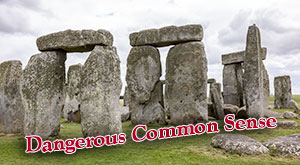Vietgone
San Francisco, CA at the American Conservatory Theater, Strand Theater Extended through April 29, 2018 Vietgone by Qui Nguyen directed by Jaime Castañeda ACT advertising Vietgone as "The irreverent road-trip comedy" is almost sacrilegious. The categorization misses the depth, power, and cultural importance of this newish play. Anyone selling Vietgone as a mindless-sounding comedy rode the momentary surface story, ignoring the characters, context, and important human issue that makes Vietgone truly memorable. The strength of Vietgone is its suburb writing which hits the mark in storytelling, characterization, pace, and perspective. The playwright character (Jomar Tagatac) comes on stage in the opening scene to assure the [...]
